Assignment 3 - Case Study (Experimental Photographer)
Case study on Antonio Girbés
The photographer I have decided to do a case study on for this week's assignment is Antonio Girbés. Born in 1952 in Spain, Girbés have always had a strong interest in Art, but only moved to Paris in 1979 to study in the American School of Photography in pursuit of professional studies. He met many artists in Paris, who helped to influence his style, and was taught by Jocelyn Karger, an art director, and went for Reinhardt Wolf's classes. In 1980, he worked under Horst P. Horst as an assistant, and later on, he started working as a press photographer.
In the 1990s, he started off with using flowers from the public and his garden as the main subject of his works. However, after having been almost decapitated once, he became too traumatised to return to his home or garden, and stopped using flowers as his main subject. Later on, he was invited by the Austrian Archaeological Institute to visit the excavations at Ephesus. It was then when his new obsession was born - his obsession with stone and architecture.
In his series, 'Delirious City Venice', as pictured below, he draws inspiration from classical Venetian architecture and forms a 'madala' using the buildings; a tessellation-like image that conveys unity. He experiments with divisions, repetitions and reflections. The lines in his photographs often transform and morph the perspective, providing a kaleidoscope-like view. He said, "I reinterpret these bits of reality, bestowing them with a new function, distinct from what the architect planned for the original building" and "The outcome, often mistakenly believed to be a collage of various images, is always based on one single photo, which I still take with the same analogue camera I’ve always used".
Today, Girbés works between Valencia, Paris, and Vienna.
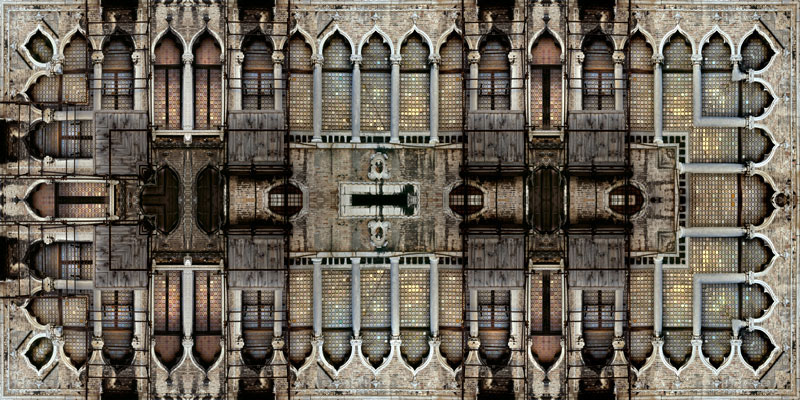
'Artist Studio by Baldassare Longhena'
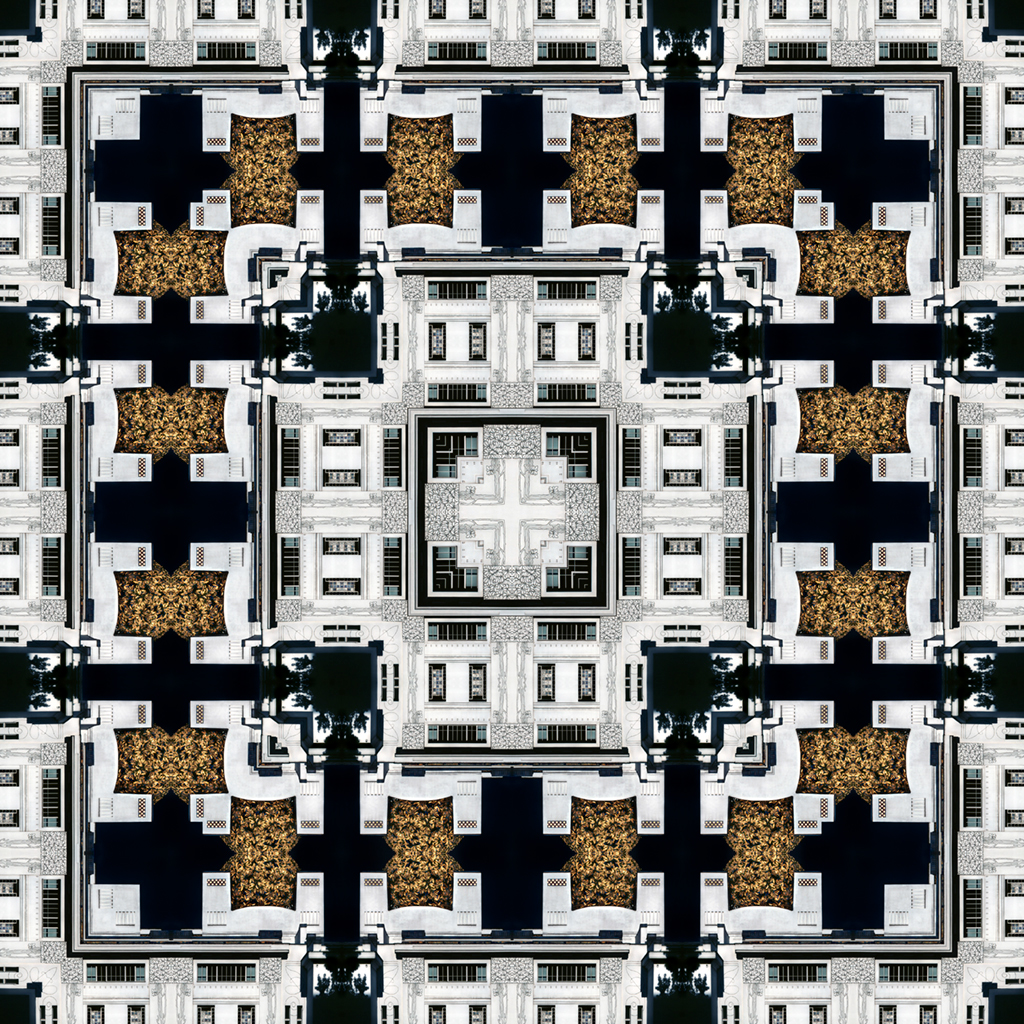
'Bank by Joseph Olbrich'
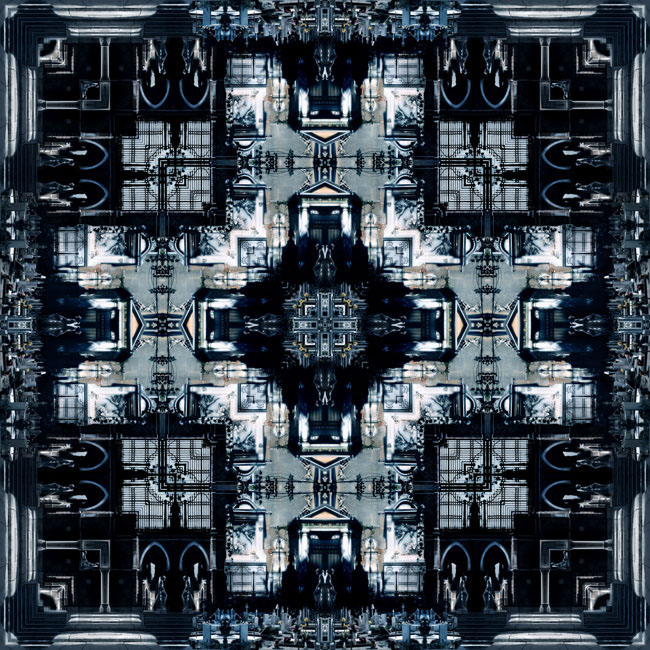
'Cemetery by Mauro Codussi'
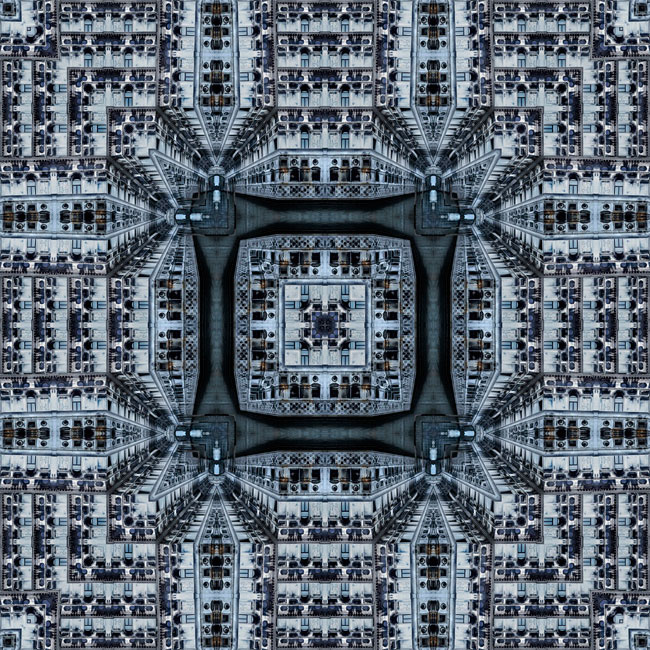
'National Library by Antonio Rizzo'
'Urban Living'
My series is based on urban life, and features everyday scenery in our neighbourhood with a little twist to them. I tried to follow Antonio Girbés' technique of applying tesellations, reflections and morphing in my works to transform ordinary subjects into extraordinary subjects.

A sewer cover with a kaleidoscope effect. I liked how the resulting photograph ended up forming several stars in the middle.

I took a picture of stepping stones on grass and applied a kaleidoscope effect to it. I liked how the centre stone ended up looking like a flower sitting on a grassy field.

I decided to try out using tessellations for the rest of my works. Using a photograph of windows of a building, I experimented with reflection and rotation to piece the photographs together like a jigsaw puzzle.
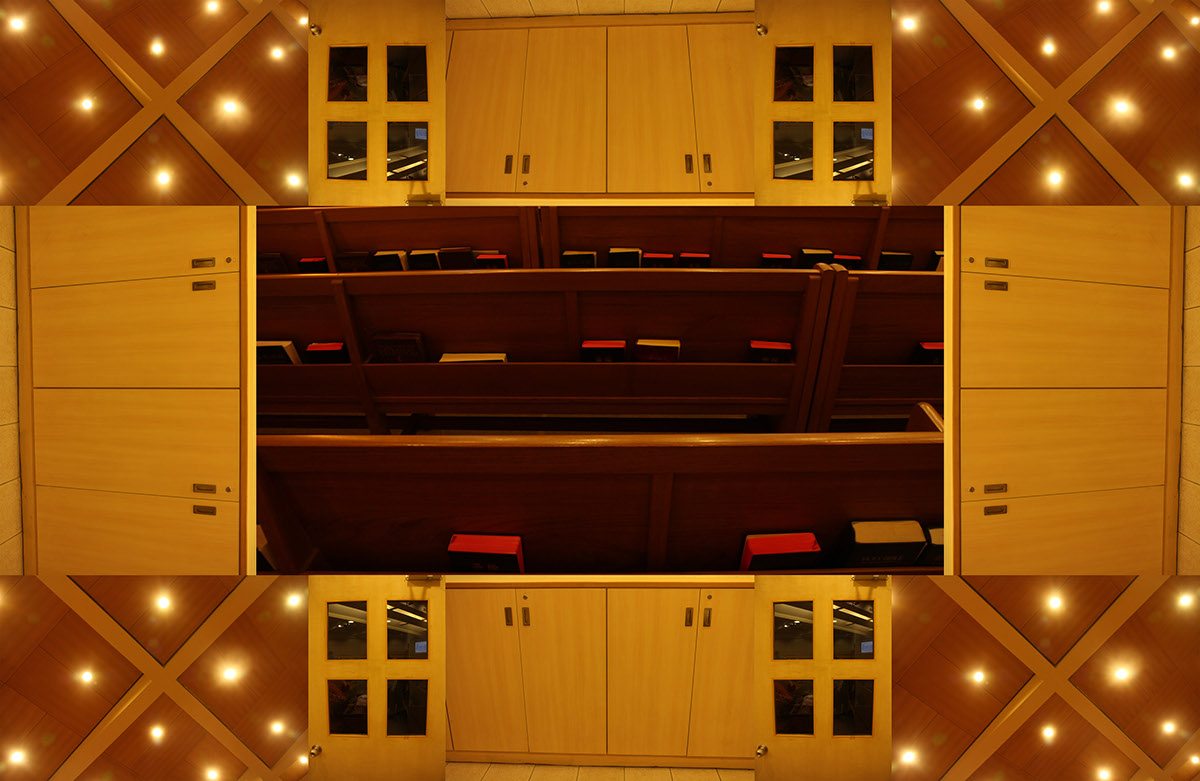
I integrated both tessellation and montage into this work. I took several different photographs in my church and pieced them together to form a single work, like in the previous photograph.

This work was based on yet another photograph of windows on a building. It was inadvertent, but after tessellating this photograph, I realised that it formed the shape of a ladder!

The final piece in my series was edited from a photograph of some gates. I was trying to follow Antonio Girbés' style in this work, and I think it is acceptable!
Work-In-Progress
These are the photographs I took in their raw and original form, before applying effects or editing the images.

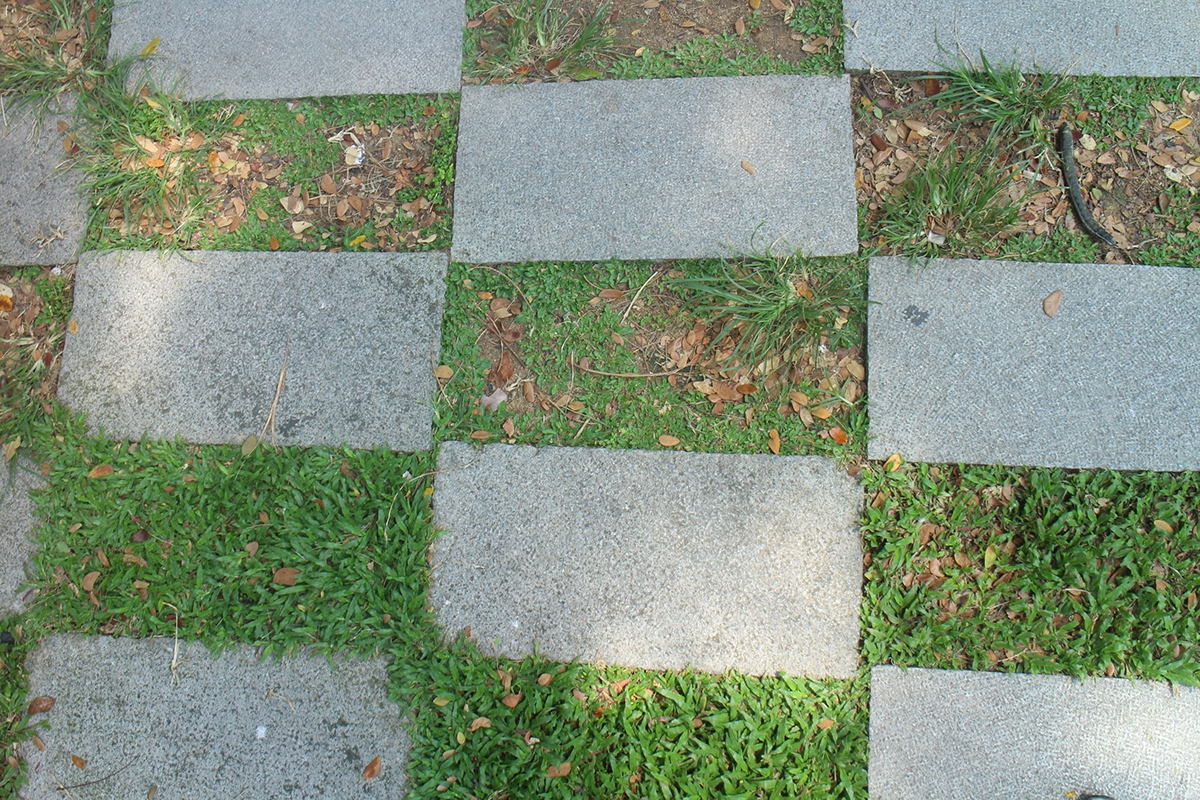

I tried applying both a 5-sided and a 6-sided kaleidoscope effect to my photograph, and had pondered over which to pick. In the end, I decided to pick the 5-sided version for my series. This is the 6-sided version.

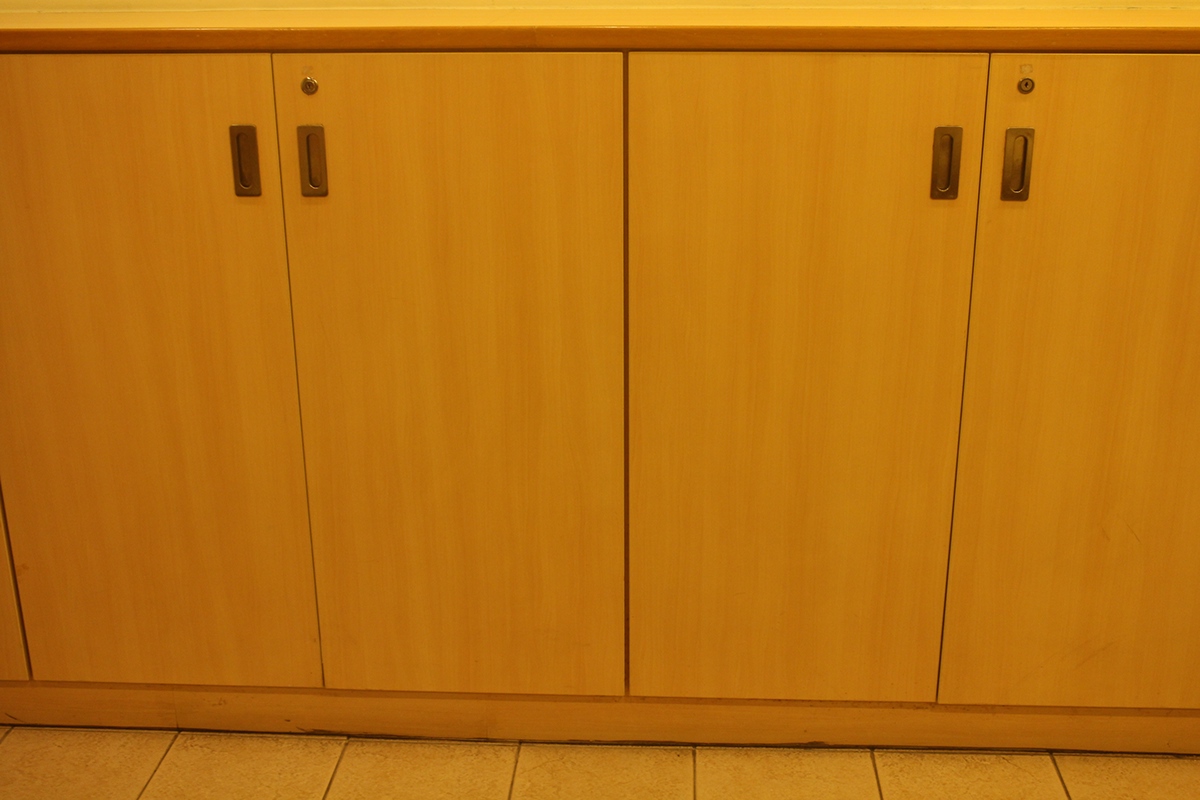
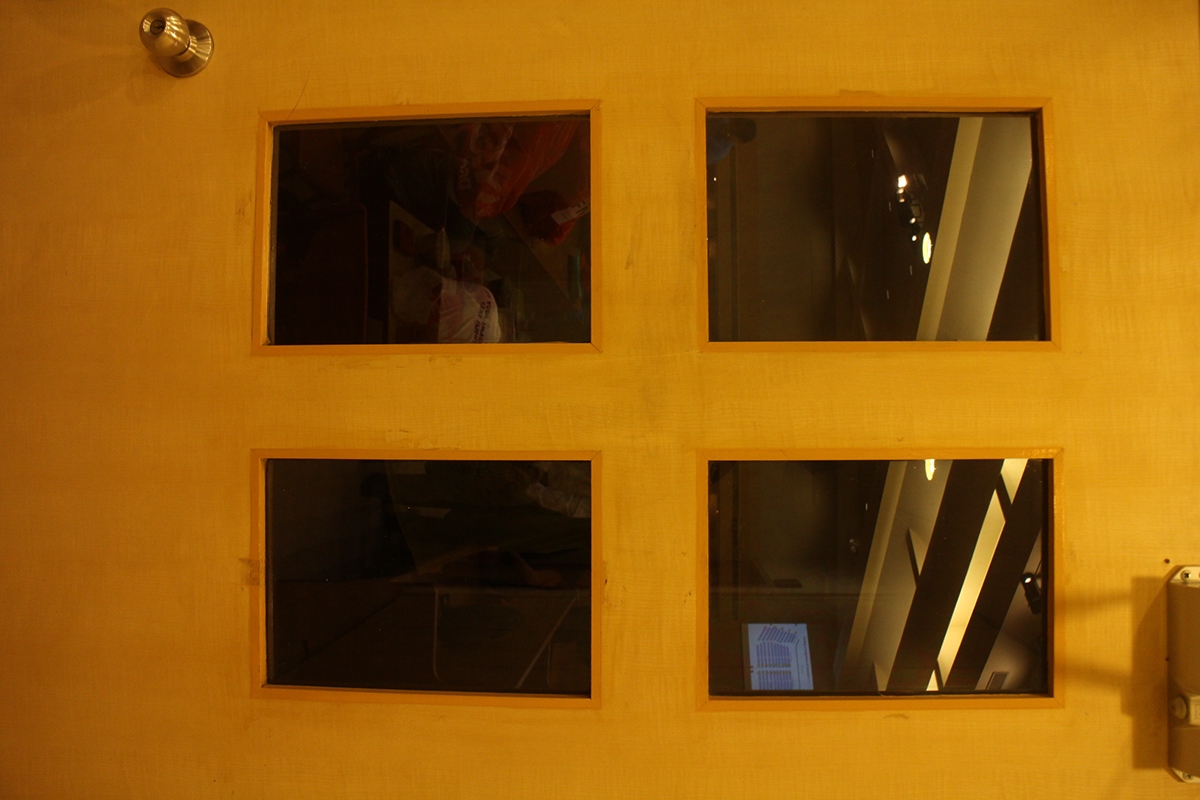

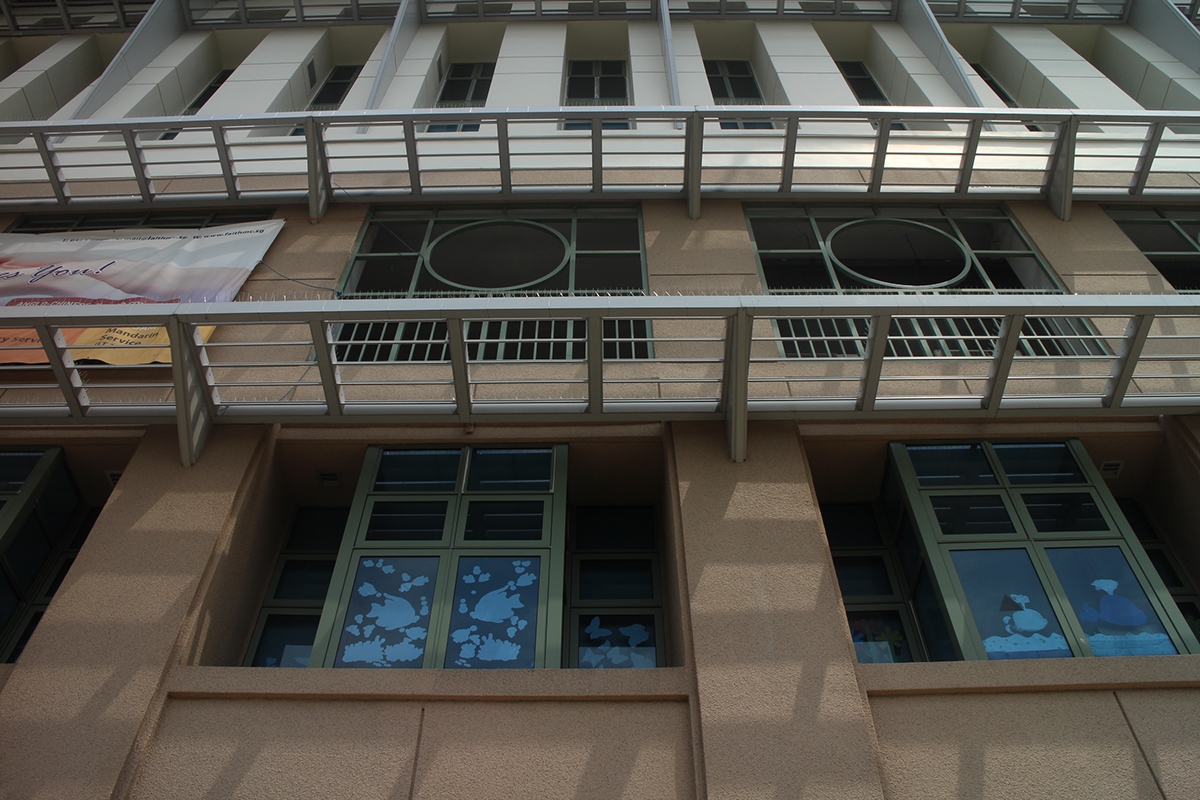
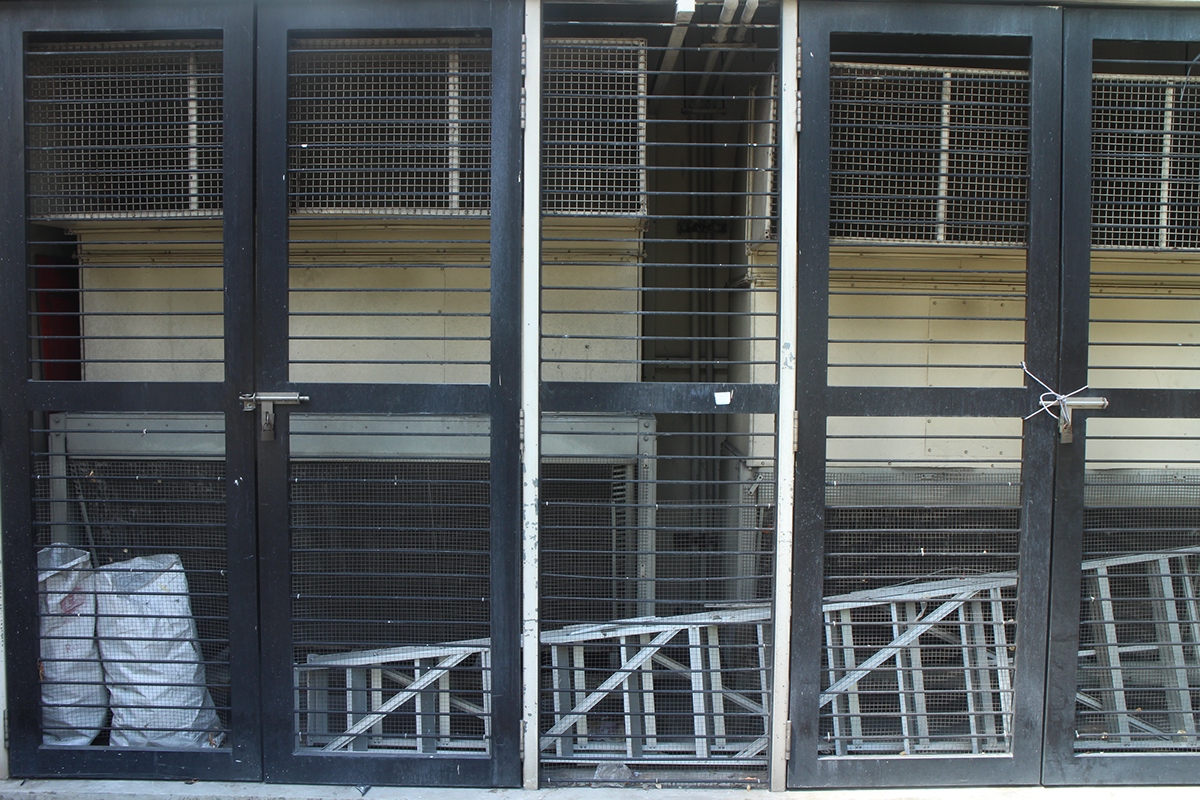
Other photographs that I took, but didn't end up using:




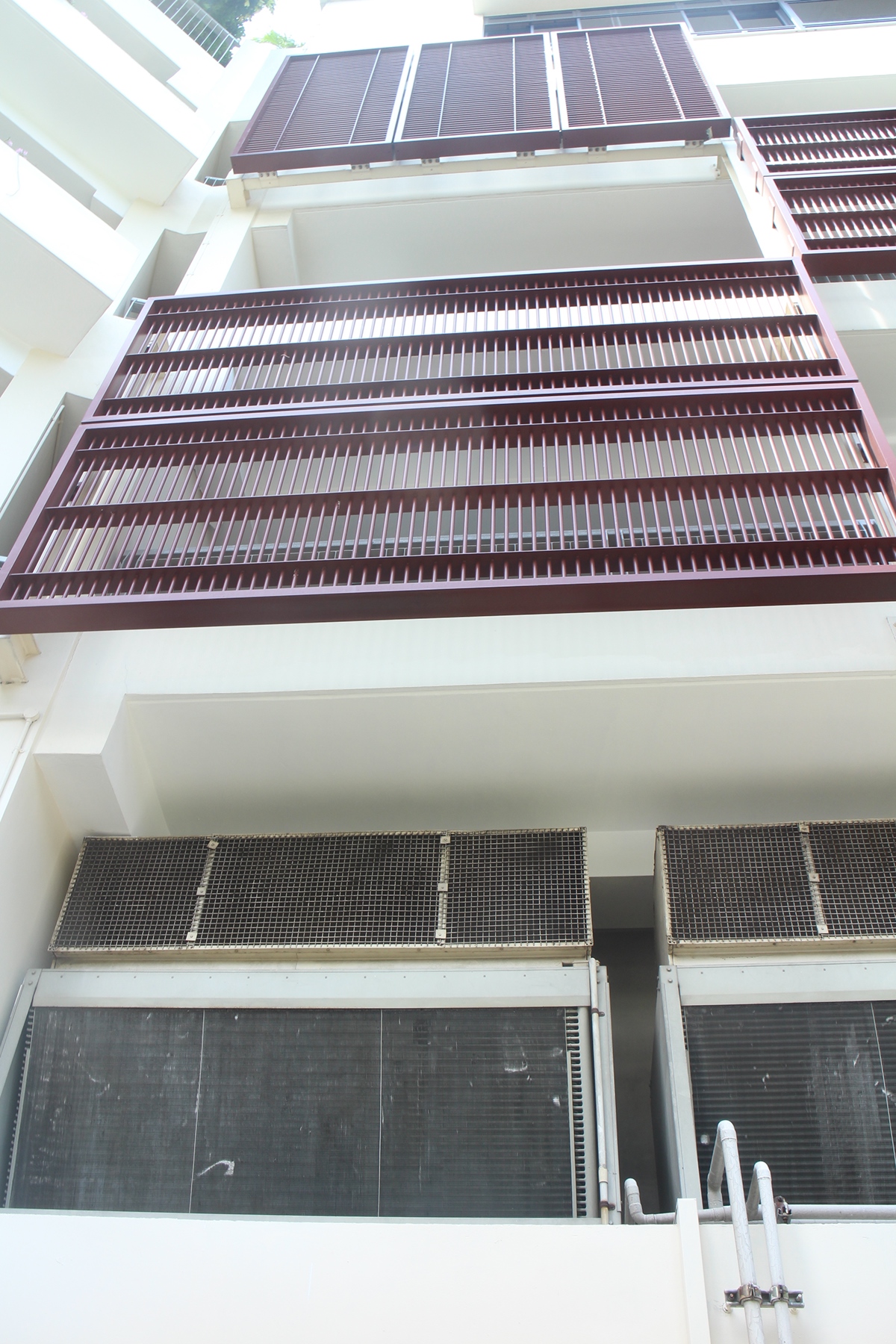


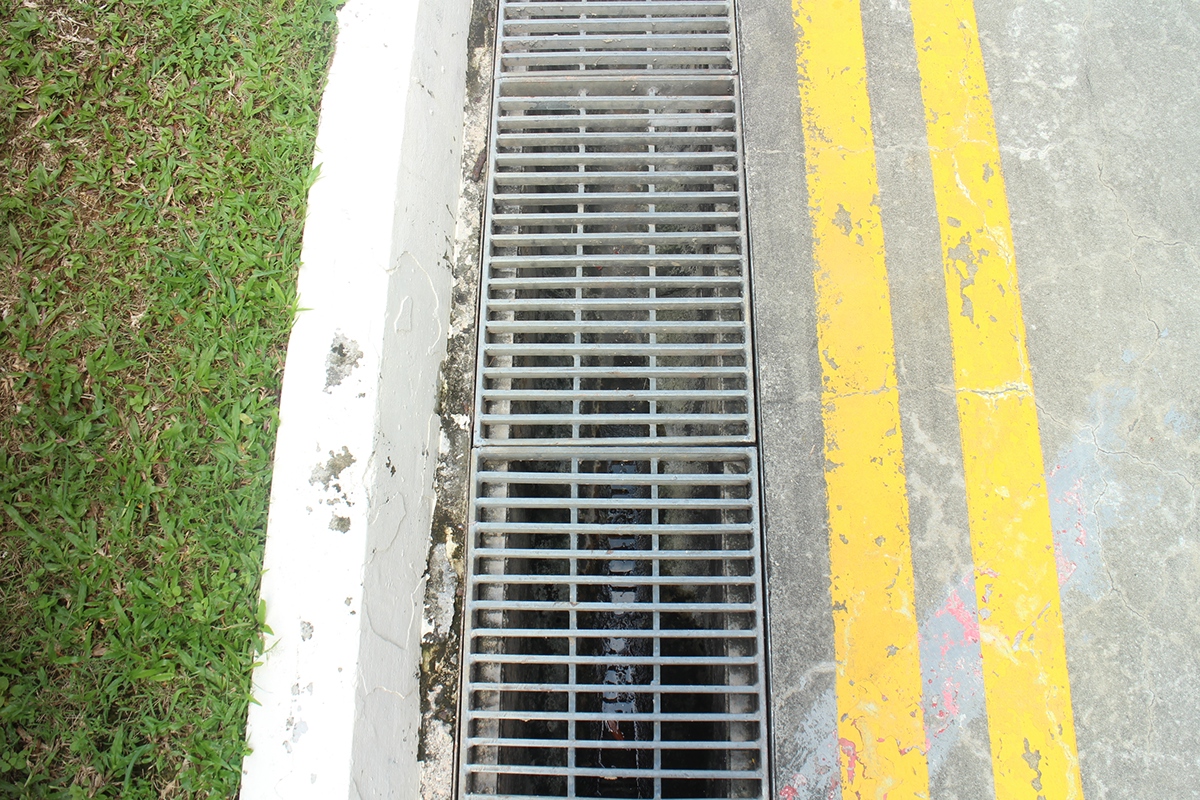

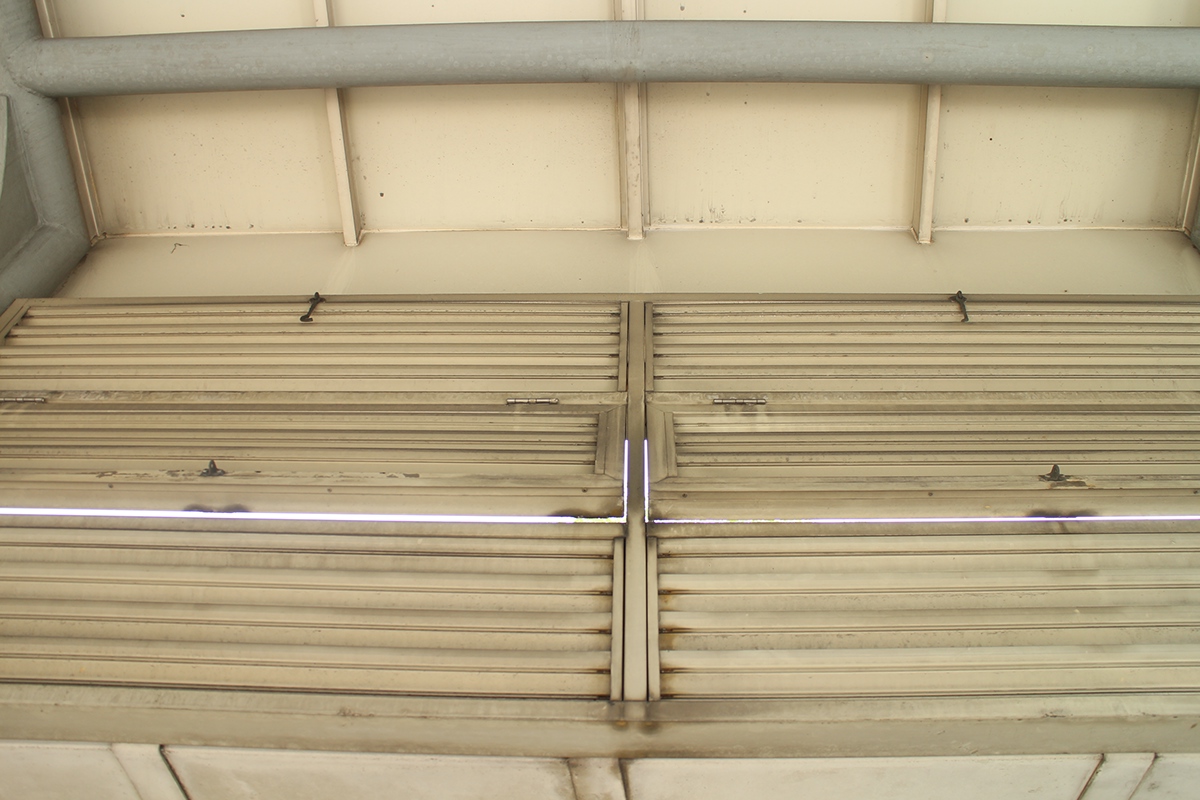
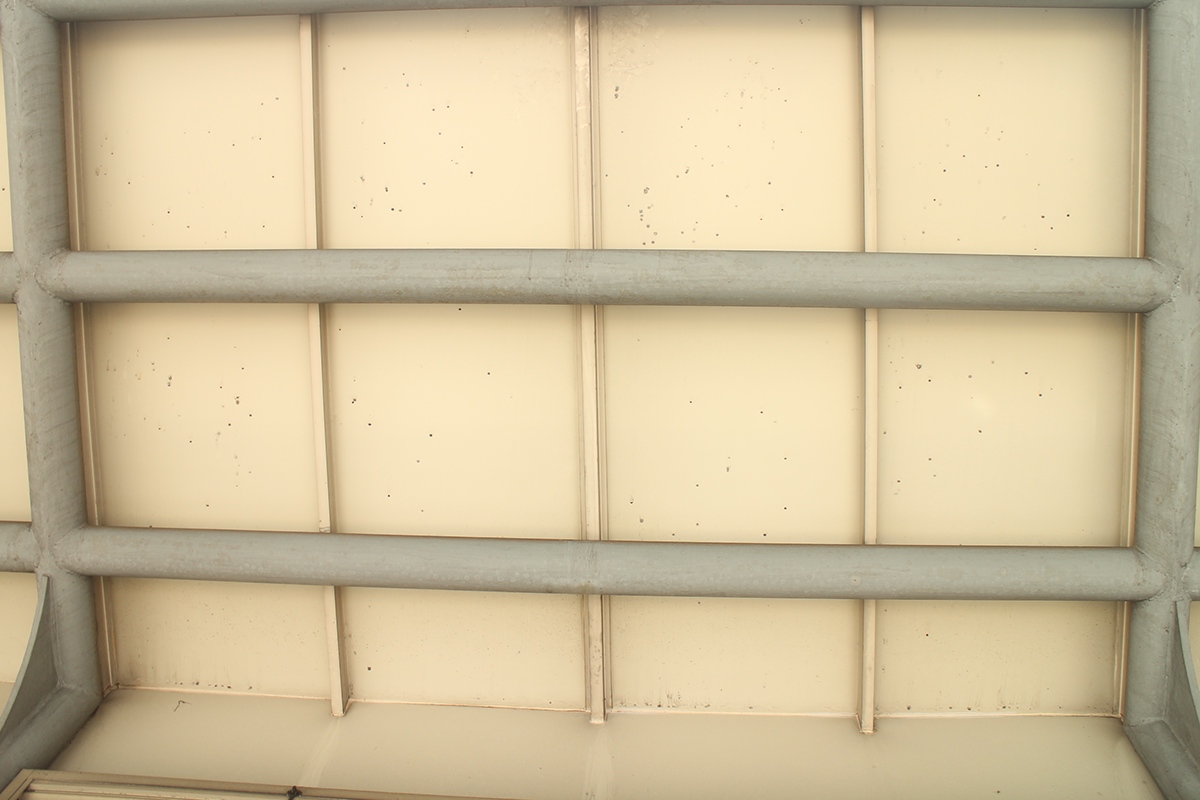
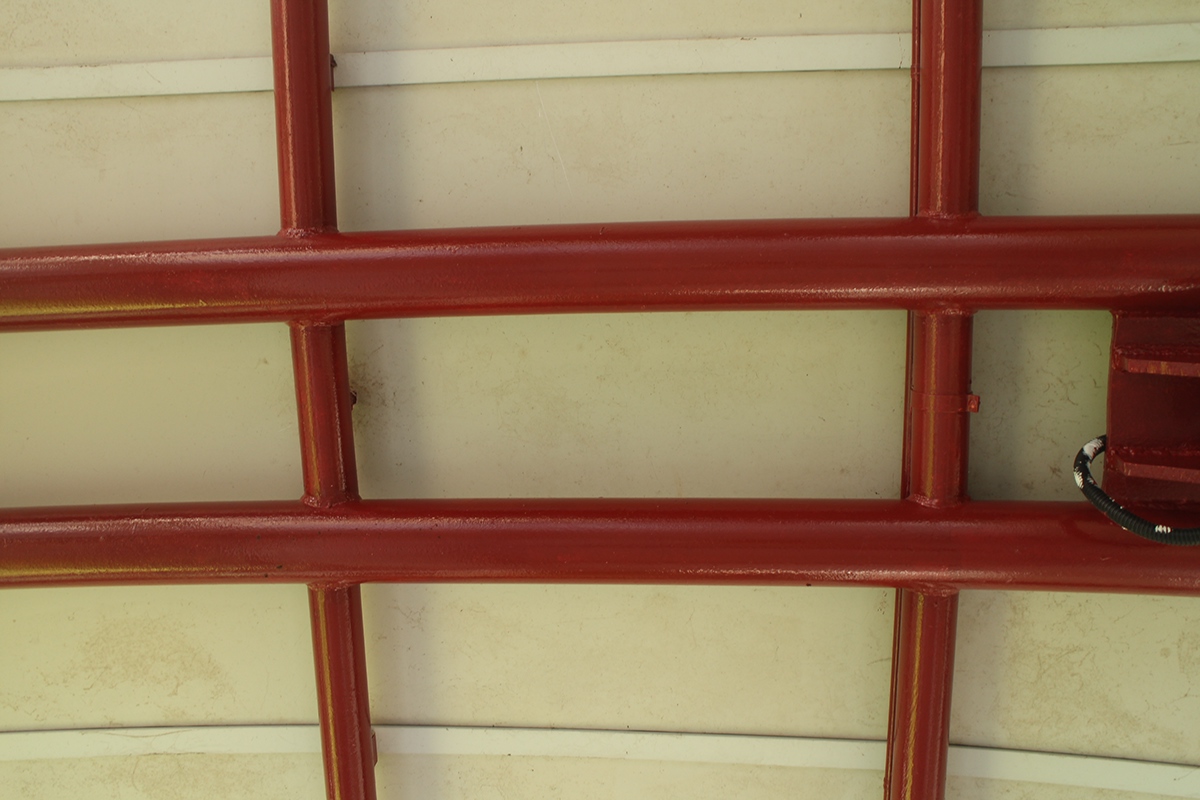

Reflection
When I first looked through Girbés' works, I was confused upon seeing the titles. I had thought that the people whose names were in the title were the actual photographers instead of Girbés! After having cleared up that confusion, I was relieved, because I had already started work on the photographs. I wasn't sure how to describe Girbés' works at first - I thought of the words 'tessellations', 'mosaic', 'montage' and 'kaleidoscope', and wondered which of these is the word that described his works. Turned out it was actually all of them (well, except 'montage')! I started off on my series by applying kaleidoscope effects, since I thought that it would be the quick and easy way to do this assignment. However, as Girbés' works revolve around more than just kaleidoscopic filters, I decided to apply tessellation in my works, too. I honestly didn't think my first few attempts was very good, but I'm proud of my last two. I think they look suitable enough to be considered Girbés-inspired works!
References:
http://www.aqnb.com/2012/01/05/delirious-city/
http://www.ivorypress.com/content/antonio-girbés-delirious-city
http://www.lipanjepuntin.com/desc.php?id_autore=37
http://www.realvenice.org/artists/antonio-girbes
http://antoniogirbes.es/
